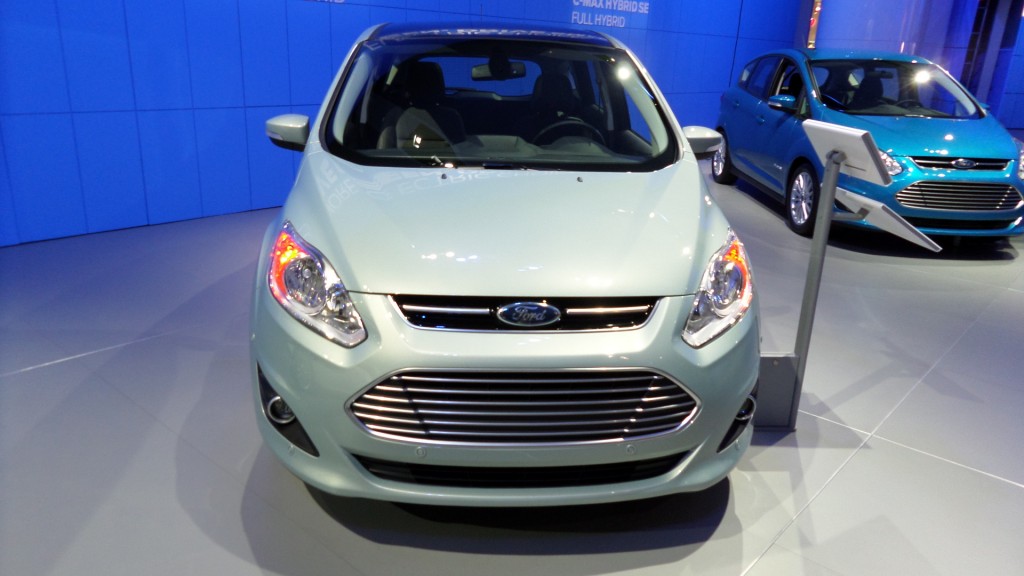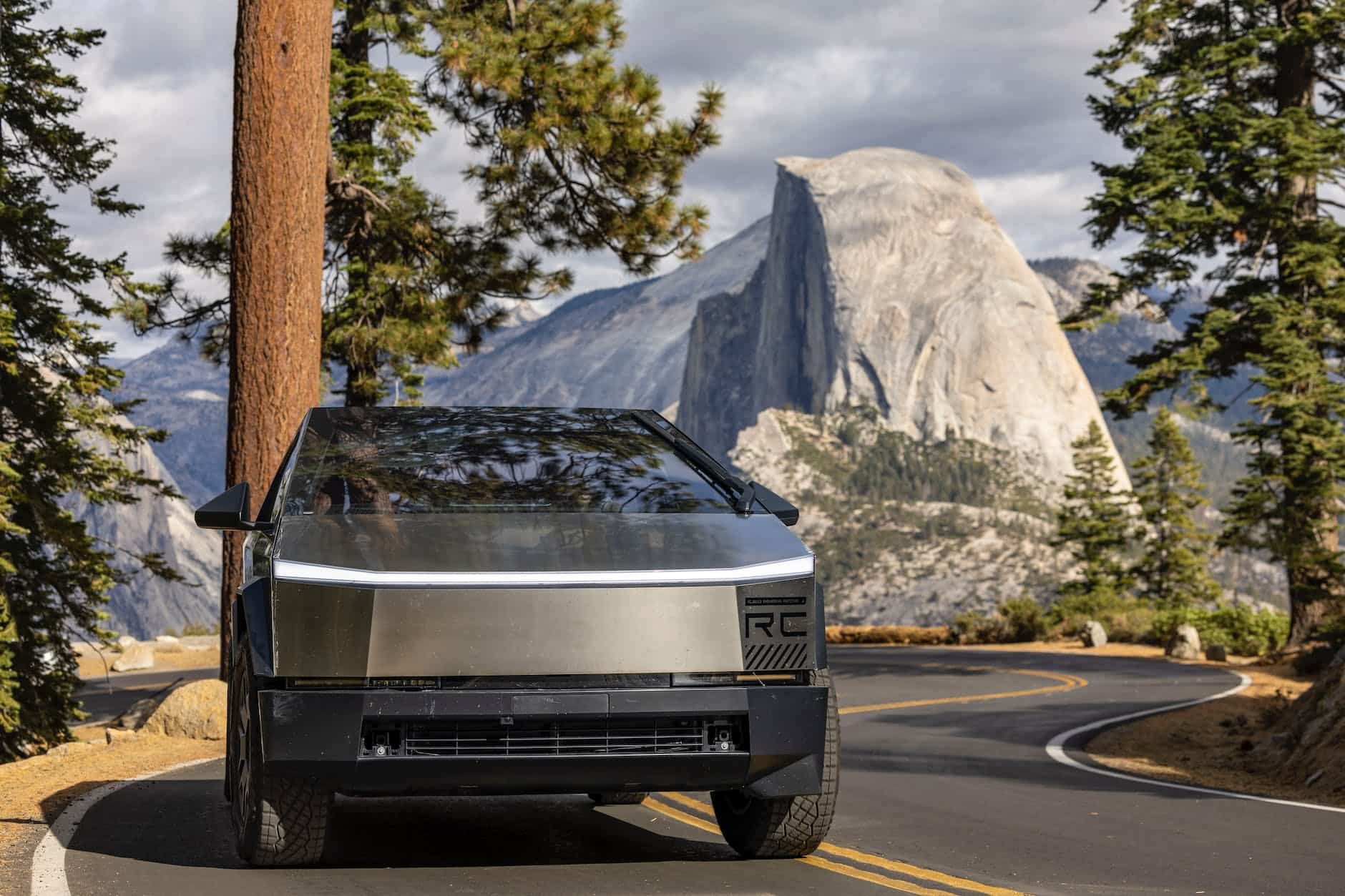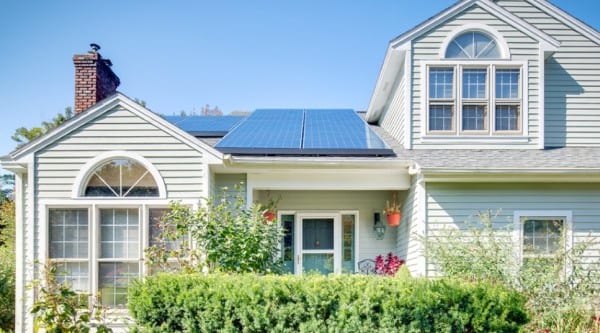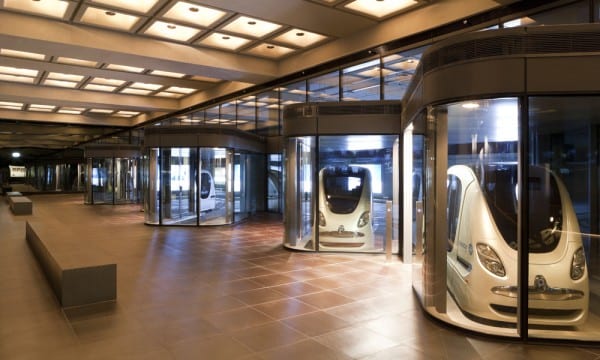At the North American International Auto Show (NAIAS/Detroit Auto Show), I saw many cars. However, I was curious about the C-Max Solar Energi due to the fact that it’s solar-powered, and it seats a family (which is rare for solar-powered cars).

You may have seen solar-powered cars in the past, but they seated only one person, and were very unusually shaped. To be fair to those cars, they were built for racing, and they traveled thousands of miles using only solar power. The C-Max got my attention because it can seat a family, and has ample interior capacity. I sat in the front, stretched out my legs, and did the same in the back.
The concept of solar-powered cars has long been belittled due to the fact that solar panels only generate 100 to 443 watts per square meter (normally 100-200 watts). This, combined with the predominantly curved shape of cars makes it difficult to install enough solar panels in an aesthetically pleasing manner.
Ford equipped the C-Max with 300 watts of slightly curved solar panels on the roof. The solar panels follow the curves of the roof, and are dark, so they didn’t look much different from a sun roof until I peered at them. That’s good, considering the fact that some people have an issue with the appearance of solar panels.
Ford says that the solar panels actually cover a considerable portion of the vehicle’s power requirements. Is this possible? Let’s find out:
If the vehicle consumes an average of 250 Wh of electricity per mile, that translates to a daily power consumption of 7,500 Wh (7.5 kWh), based on the fact that the average American drives less than 30 miles per day.
Assuming a solar panel capacity factor of 30%, the solar panels would generate an average of 2.16 kWh per day, which is 28.8% of of the car’s power consumption. So this is a very helpful, lightweight range extender that isn’t affected by electricity prices, power outages, or the lack of charging infrastructure. If there is a shortage of range in a plugless region, the car can be parked and charged by the solar panels while the passengers shop or dine.
The solar panels may have been placed on the roof to ensure they are inconspicuous, so that people are comfortable with being seen with the car. However, should Ford try to add additional semi-transparent solar panels to windows?
Sound off in the comment section!








